IFM AIDS IN WATER PURIFICATION FOR A HORSE FARM
In the fall of 2016, IFM was contacted by a competitive horse farm in Michigan to help with the treatment of their well water. The farm land was on an old salt mine, so the ground water had an extreme amount of salt and TDS, too much for the horses to be able to use for drinking water. On top of that, the well could only produce 6 gallons per minute (GPM) for 20 minutes before it ran dry and needed time to recover. There were approximately 50 horses in total and these horses would consume upwards of 20 gallons per day (GPD) each so IFM had to find a solution to aid the well in the production of more water.
IFM started off by looking at the quality of the well water and determining how much water per day it would need to produce. The well water had a Total Dissolved Solids (TDS) content of 8,500 mg/L and they were going to need around 2,000 GPD. While also considering the Silt Density Index (SDI) of the well water, it was determined that the Reverse Osmosis (RO) would be able to operate around 8-10 GFD (gallons per square foot of membrane per day) vs the typical 12-16 GFD we would generally see using a municipal water source. Using these parameters, IFM could not only determine the size and number of membranes we would need, but also the size of the feed pump as well.
In designing the overall mass balance of the system, they wanted to maximize the production of water while also being as efficient as possible. One of the issues encountered was the well output. IFM used two 3,000 gallon holding tanks for the RO feed water. The holding tanks contained a combination of both the well water and the RO recycle stream. By maintaining equal flow rates of both streams, they could cut the overall well demand in half while also keeping the feed water quality consistent. The well water is initially fed through water softeners so the possibility for hardness fouling on the membranes is low. The actual RO concentrate that is being wasted is sent to the holding pond onsite and discharges into the neighboring stream.
Because of the high TDS of the water, the pressure needed to operate the RO is much higher. The RO system itself had to be a high-pressure unit with pressures reaching 500 psi. However, by doing so we are still able to achieve 98% rejection while still maintaining a 50% recovery. The system is operated using a float system that controls the system when to turn on and off.
During the design of the system, IFM encountered an additional problem. The facility only had access to single phase electricity, and the pump that was required for the RO had to be a three-phase motor. So, rather than give up, IFM found a way by using a variable frequency drive that would take the single-phase power and convert it to three-phase. The variable frequency drive allows the pump to slowly ramp up and down, minimizing wear and tear on the machine.
IFM makes monthly preventative maintenance visits to the facility and is also available to complete any other service or solve any issues they may have


